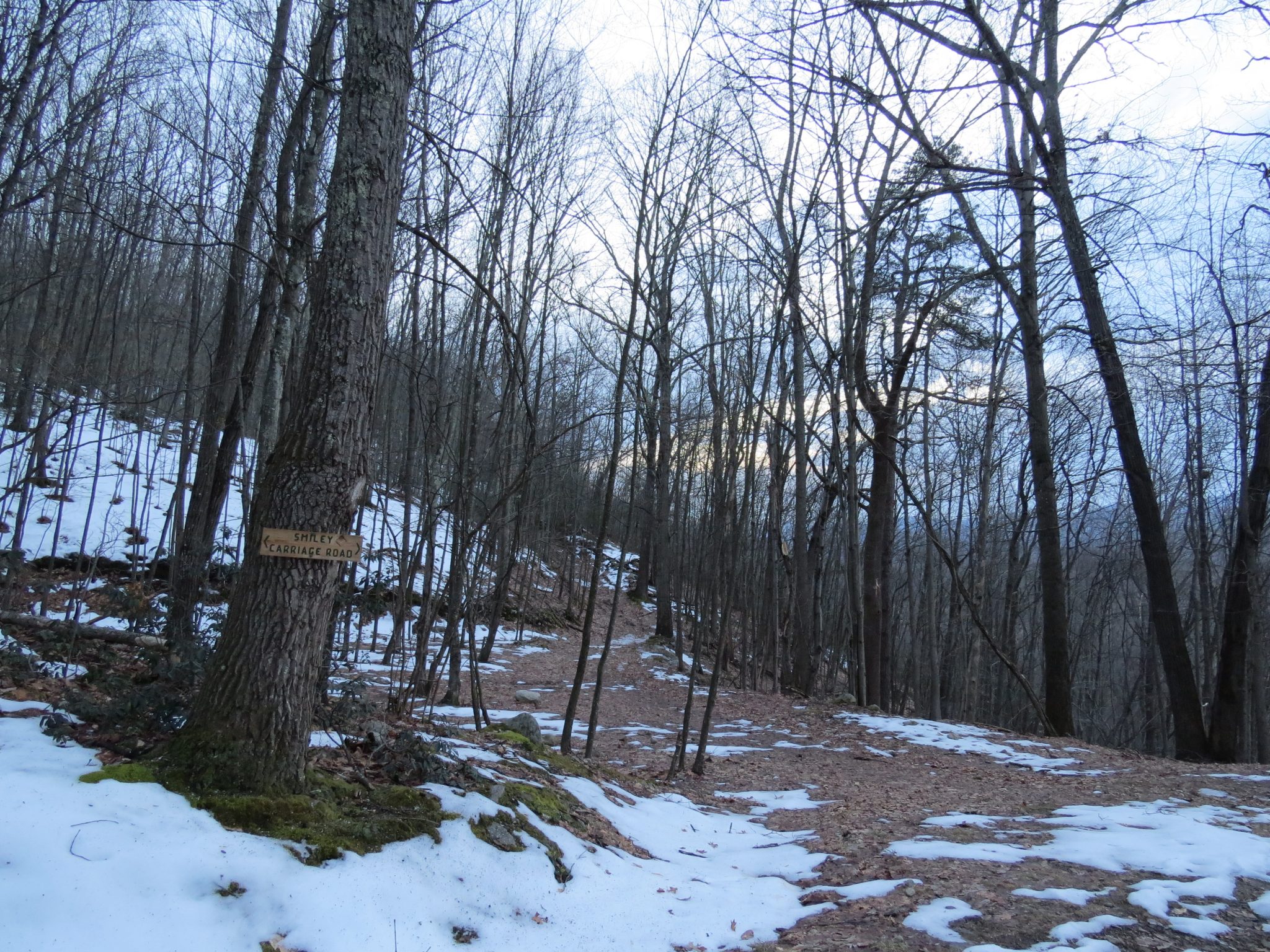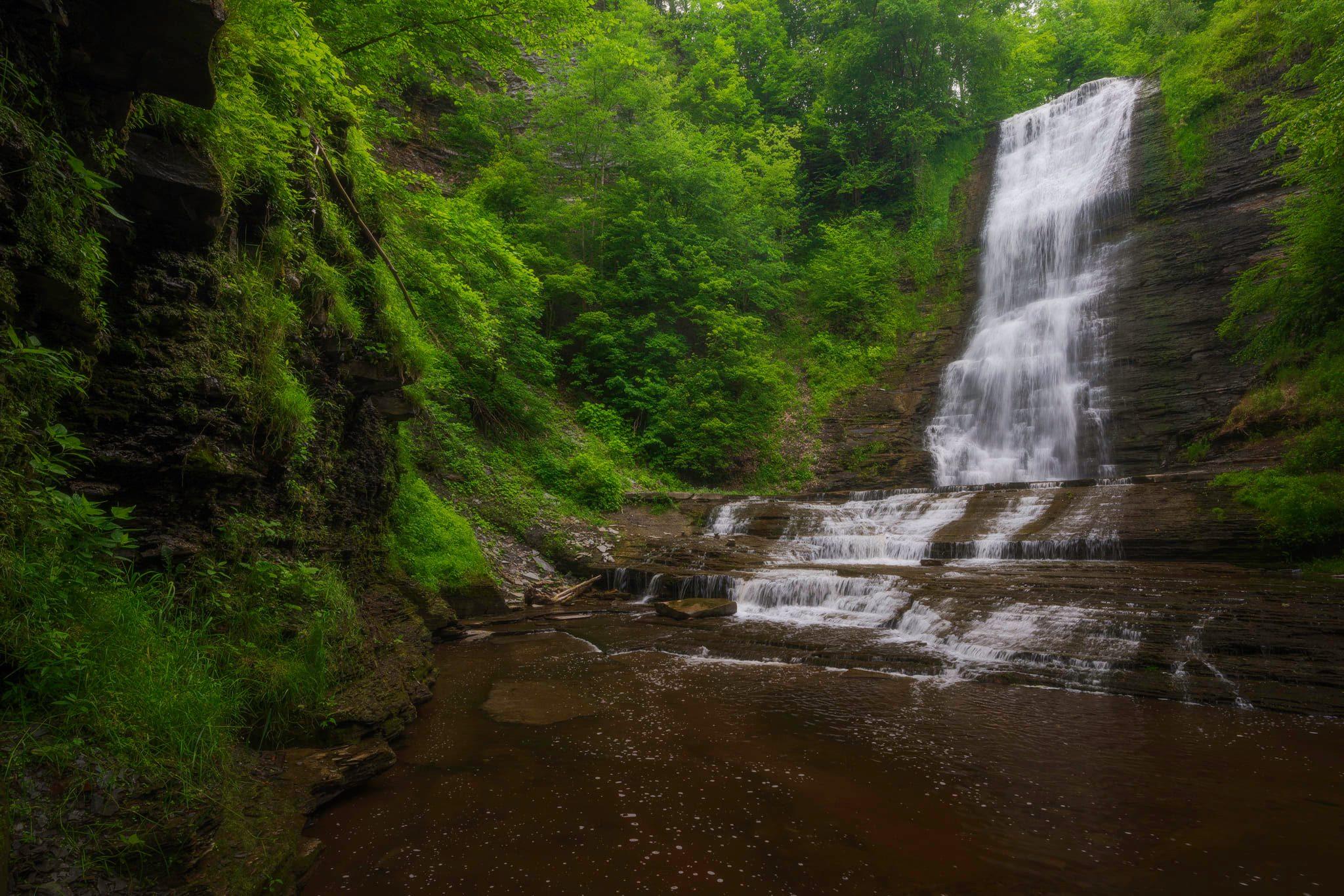
Witch’s Hole State Park
Witch’s Hole State Park is a 451-acre multiple use area and it’s adjacent to a 140-acre parcel of forest preserve accessed through neighboring Minnewaska State Park via the Old Smiley Carriage Road, which is open to hiking and other non-motorized recreation.
Consider hiring an outdoor guide if you have little experience or woodland skills.
This isn’t an easy place to get to. Due to the fact that few people travel its unmarked trails and steep terrain, it can be treacherous.
Featured Activities:
- Hiking – unmarked multi-use trail.
- Primitive Camping – there are no designated campsites on this state forest however, at-large primitive camping is allowed. Campsites must be at least 150 feet away from the nearest road, trail, or body of water. Camping for more than three nights or in groups of ten or more requires a permit from a Forest Ranger.
- Cross-Country Skiing & Snowshoeing – Witch’s Hole is open to cross-country skiing in the winter. There are no groomed or maintained trails, however cross-country skiing is permitted on all forest roads and hiking trails.
- Watchable Wildlife – a variety of wildlife can be found here. Notable species can include turkey, deer, bear, fisher, bobcat, coyote, various birds like the raven, bald eagle, osprey, warblers, owls, flycatchers, hawks, and other songbirds, plus at-risk species such as peregrine falcon, Cooper’s hawk, red-shouldered hawk, and golden-winged warbler. Reptiles and amphibians that may be found include a variety of turtles, snakes, salamanders, frogs and toads, plus the at-risk timber rattlesnake, marbled salamander, Jefferson salamander, wood turtle and eastern box turtle.
The most direct route to Witch’s Hole State Forest is along the Old Smiley Carriage Road which begins at the Berme Road Town Park in Ellenville, NY.
The old road will take you through the southern portion of Minnewaska State Park before entering Witch’s Hole MUA. Visitors are encouraged to familiarize themselves with the rules of Minnewaska State Park due to the fact that they may differ slightly with DEC State Land Regulations.





